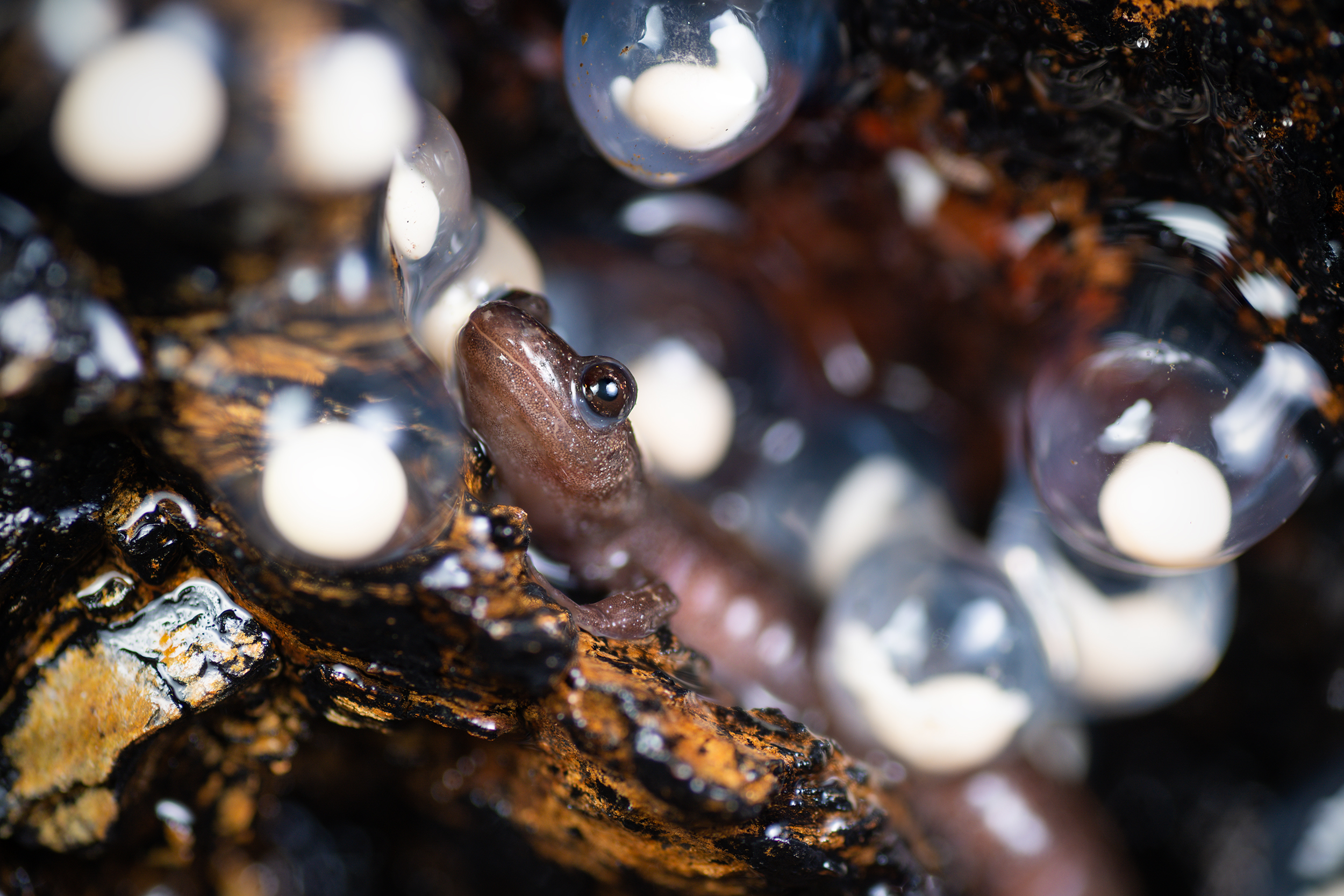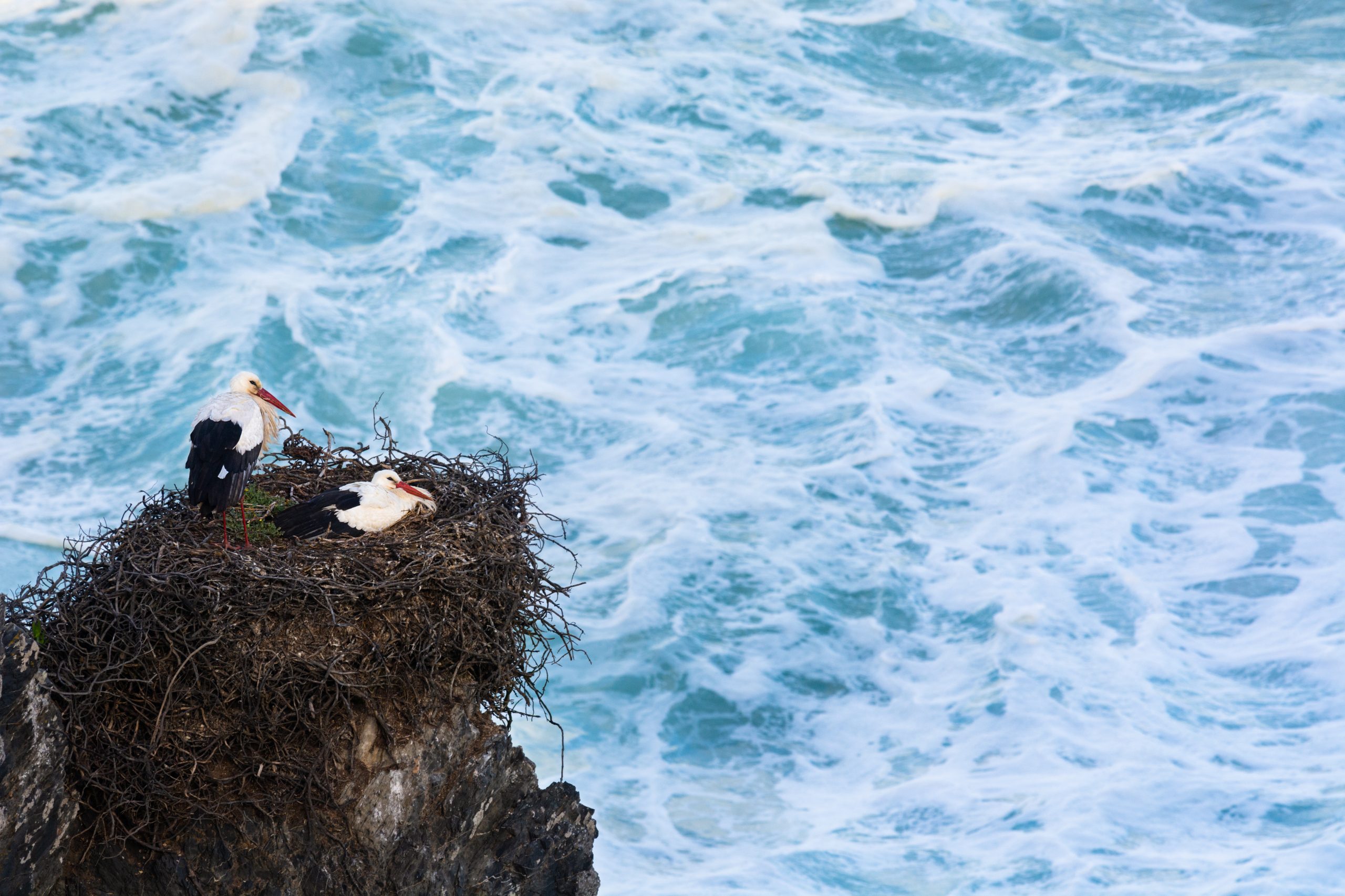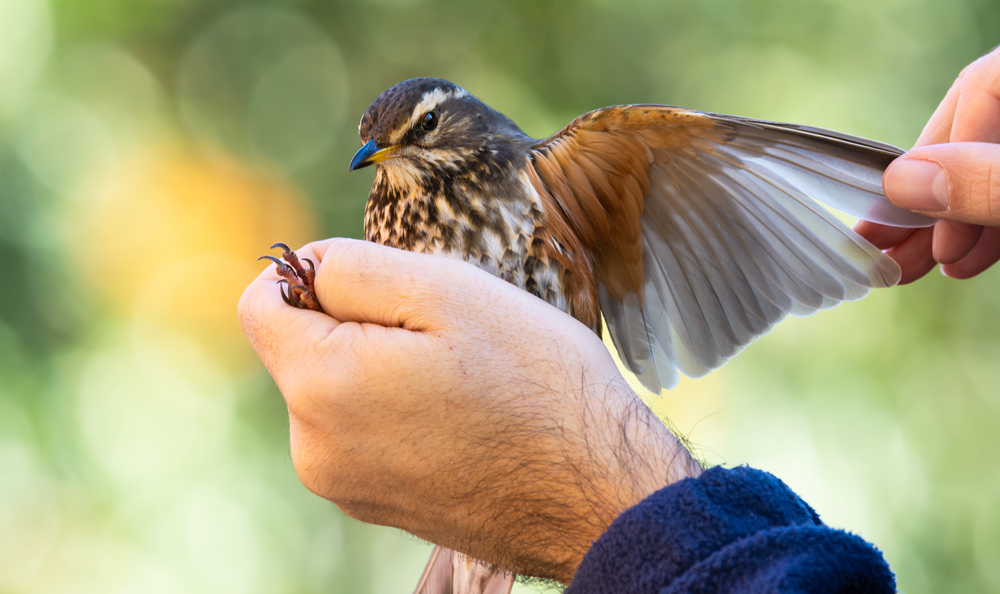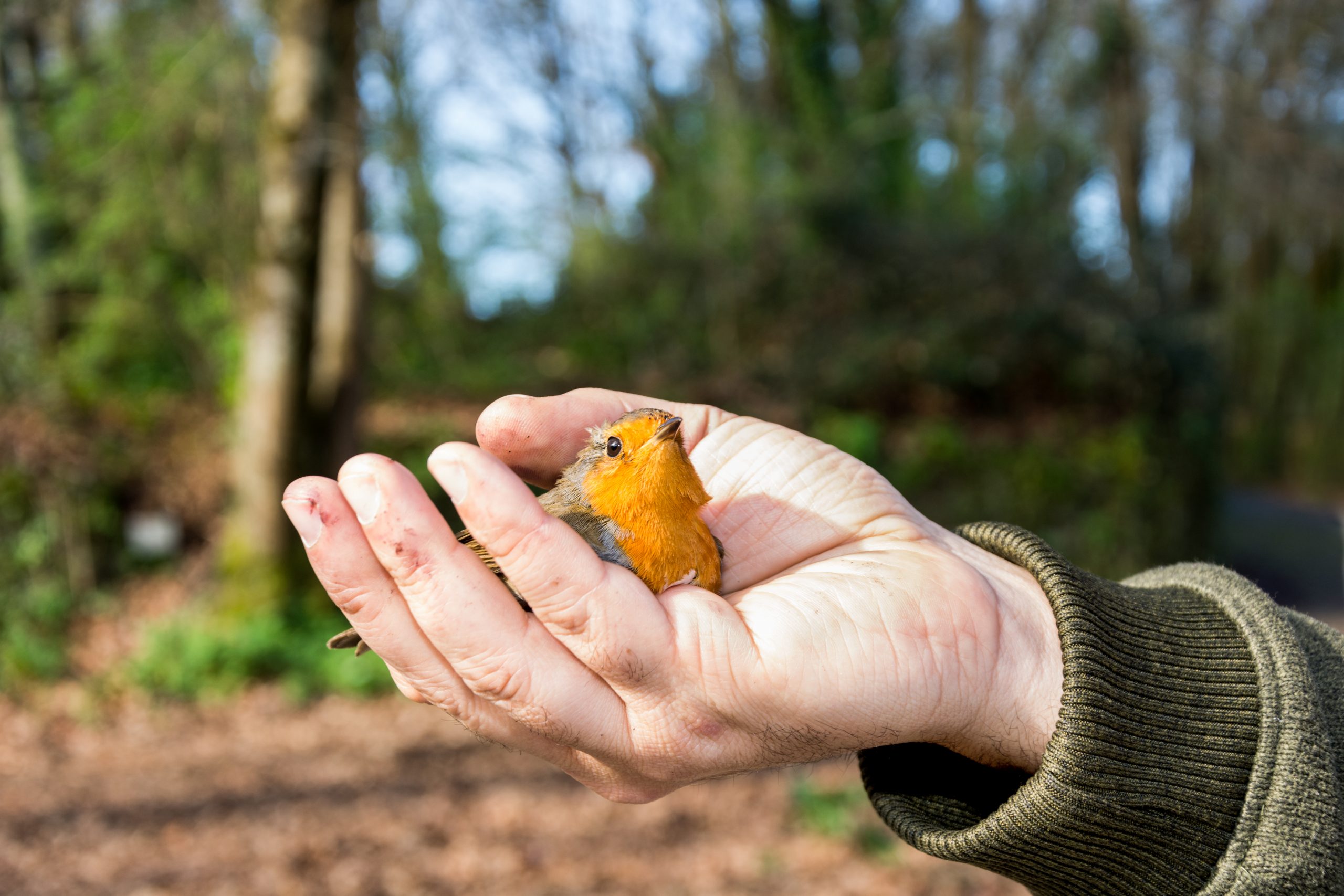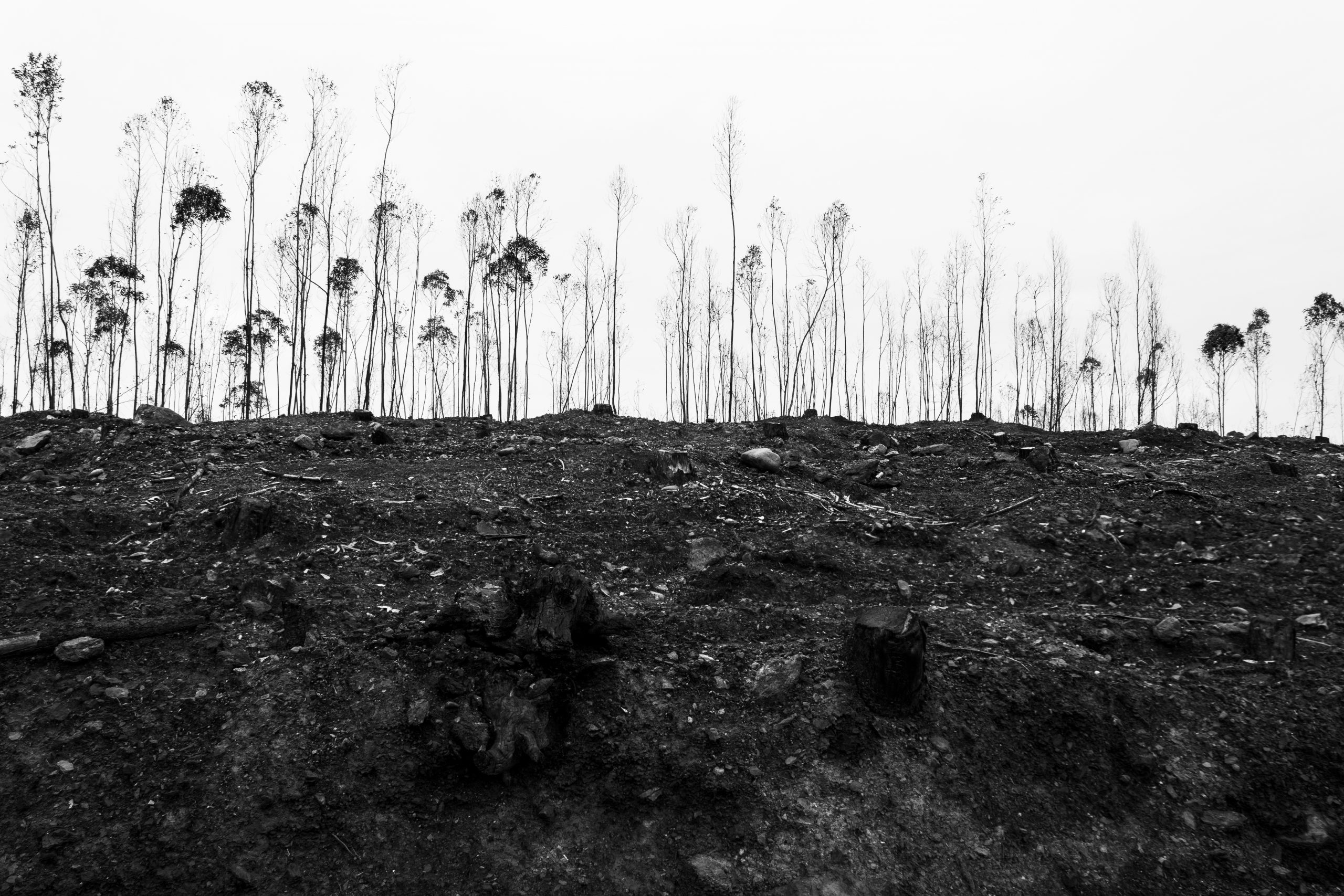Nature Conservation
ABOUT THE PROJECT “The Golden Salamander” is a photography and videography project about the gold-striped salamander (Chioglossa lusitanica), which aims to document the different aspects …
The Sudoeste Alentejano e Costa Vicentina Natural Park is a protected area located in the Southwest coast of Portugal, known for the great diversity of …
Amphibians are an old group of animals, that have developed in the Devonian period, about 370 million years ago, from lobe-finned fish which were similar …
Birds are a group of tetrapods that include about 10 000 species, spread across the planet. All these species evolved from a group of dinosaurs, known …
Currently more than 7.6 billion people live on planet earth, but the United Nations projects world population to reach 10 billion in the year 2056. …
Every year Portugal is devoured by thousands of wildfires. In average, between 2007 and 2016, 3662 fires occurred each year, corresponding to 84671 ha of …

